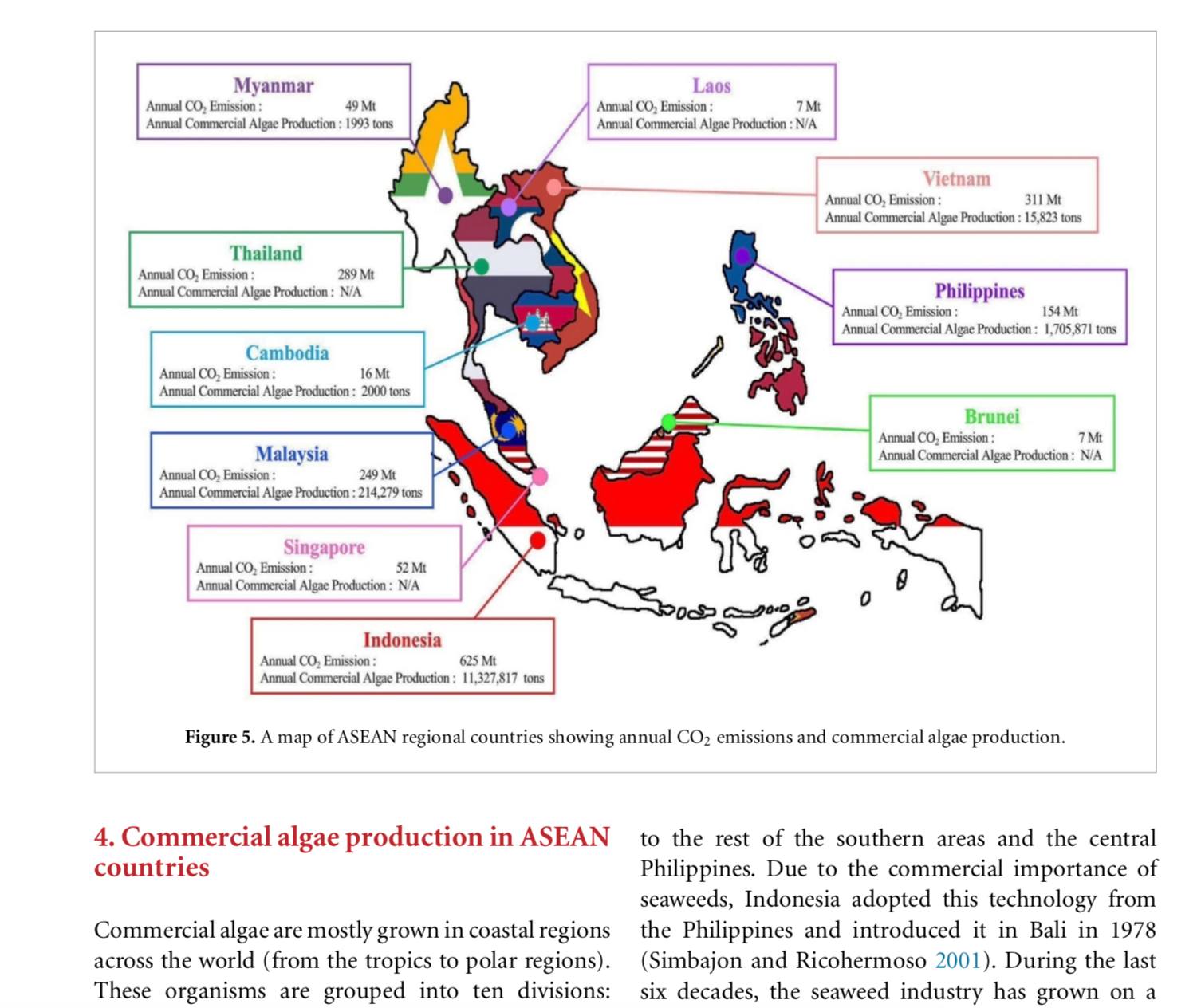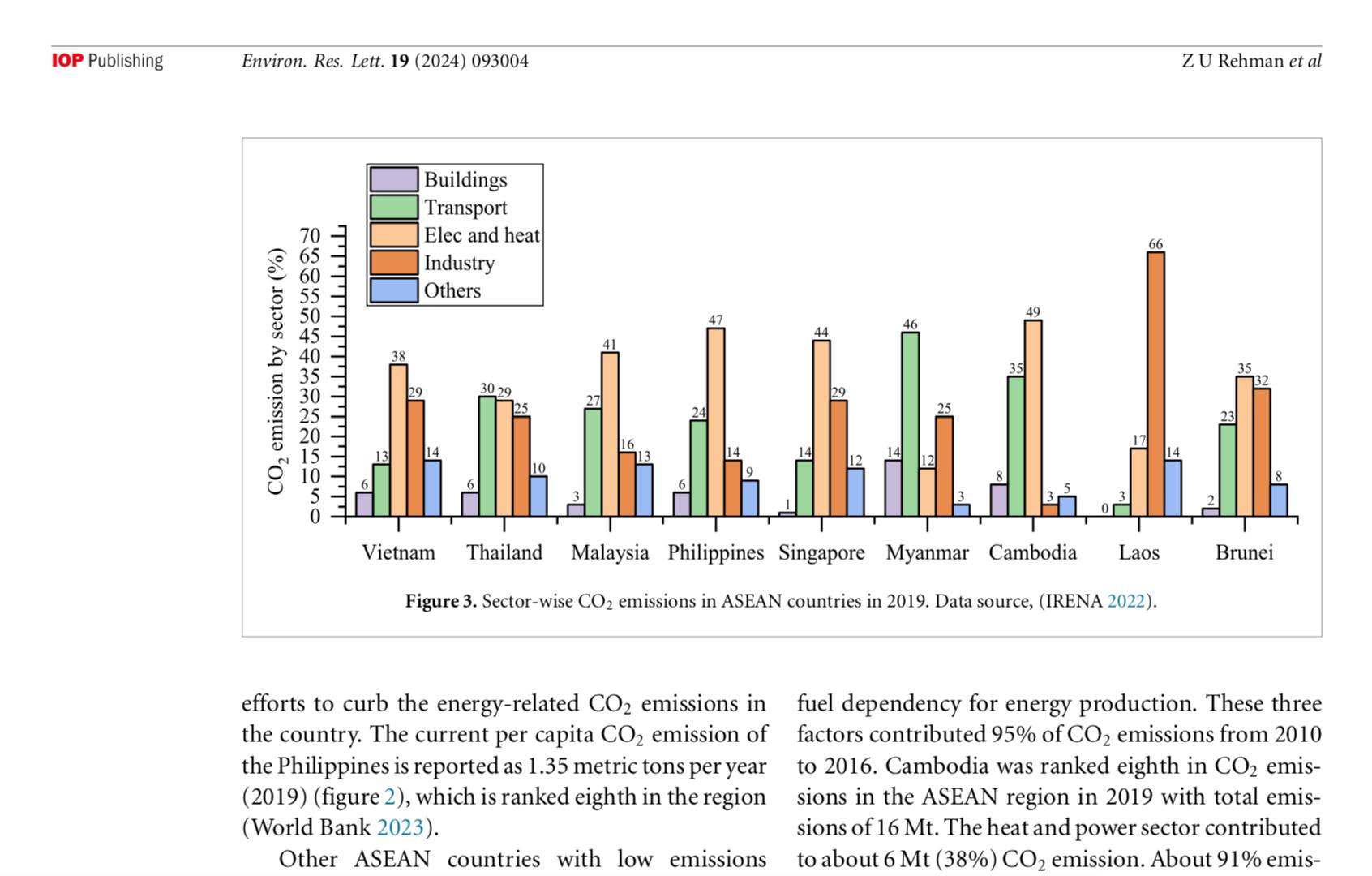
We are excited to announce that NIAB Lab’s research on algae-based carbon capture technology has been published in a prestigious scientific journal, marking a significant milestone in our efforts to develop sustainable solutions for climate change.
Publication Highlights
Our peer-reviewed paper presents:
- Novel Approach: Innovative methodology for carbon capture using microalgae
- Experimental Data: Comprehensive results from laboratory and pilot studies
- Technical Analysis: Detailed characterization of the system
- Practical Applications: Real-world implementation potential
Research Overview
The Problem
Climate change driven by excess atmospheric CO₂ requires:
- Effective carbon capture technologies
- Sustainable and scalable solutions
- Economic viability
- Environmental benefits
Our Solution
NIAB Lab’s algae-based approach offers:
- Biological Carbon Capture: Using photosynthesis to capture CO₂
- Value Creation: Converting CO₂ into valuable biomass
- Sustainability: Nature-inspired, renewable process
- Multiple Benefits: Carbon capture plus bioproducts
Key Findings
Performance Metrics
Our research demonstrated:
- High Capture Efficiency: Significant CO₂ removal rates
- Rapid Growth: Fast biomass accumulation
- Stable Operation: Consistent performance over time
- Scalability: Potential for commercial-scale deployment
Technical Innovations
Novel aspects include:
- Optimized Cultivation: Enhanced growth conditions
- System Design: Efficient photobioreactor configuration
- Process Integration: Combining capture with production
- Resource Efficiency: Minimal water and nutrient requirements
Environmental Benefits
The system provides:
- Carbon-negative or carbon-neutral operation
- Reduced greenhouse gas emissions
- Minimal environmental footprint
- Compatibility with circular economy principles
Significance for the Field
Scientific Contribution
This publication advances:
- Understanding: Mechanisms of algae-based carbon capture
- Methodology: Techniques for system optimization
- Data: Benchmarks for future research
- Innovation: Novel approaches to climate solutions
Practical Impact
Implications include:
- Technology Development: Pathway to commercialization
- Policy Support: Evidence for decision-making
- Industry Adoption: Blueprint for implementation
- Global Application: Transferable to various contexts
Research Team
This work represents:
Collaborative Effort
- NIAB Lab researchers and students
- Collaborating institutions
- Industry partners
- Funding agency support
Interdisciplinary Approach
Combining expertise in:
- Microbiology and algae biology
- Chemical engineering
- Environmental science
- Bioprocess technology
Publication Details
Journal Quality
Published in a journal known for:
- Rigorous peer review
- High impact factor
- Wide readership
- International recognition
Peer Review Process
Our paper underwent:
- Multiple rounds of review
- Expert evaluation
- Revision and improvement
- Quality assurance
MICROCAP Technology
This research underlies:
Technology Platform
The published findings support:
- MICROCAP product development
- Commercial applications
- Technology transfer
- Market introduction
Innovation Pipeline
From research to application:
- Basic Research: Understanding fundamentals
- Applied Research: Developing technology (this publication)
- Technology Development: Creating products
- Commercialization: Market deployment
Global Context
Climate Challenge
Our research addresses:
- IPCC recommendations for carbon capture
- National climate commitments
- Corporate sustainability goals
- Global environmental targets
Technology Landscape
Positioning among carbon capture approaches:
- Biological vs. Chemical: Advantages of biological systems
- Nature-Based Solutions: Harnessing natural processes
- Cost-Effectiveness: Economic competitiveness
- Co-Benefits: Multiple value streams
Future Research Directions
This publication opens doors for:
Next Studies
- Scale-up investigations
- Long-term performance studies
- Economic analysis
- Life cycle assessment
Collaborations
- Joint research projects
- International partnerships
- Industry collaborations
- Funding opportunities
Impact on NIAB Lab
Recognition
This publication enhances:
- Lab’s reputation
- Visibility in research community
- Credibility for future work
- Competitive position
Opportunities
Creating pathways for:
- Additional funding
- Student recruitment
- Industry partnerships
- International collaboration
Dissemination
Academic Community
Sharing through:
- Conference presentations
- Seminar invitations
- Collaborative discussions
- Teaching materials
Public Engagement
Communicating via:
- Press releases
- Social media
- Public lectures
- Media interviews
Industry
Connecting with:
- Technology demonstrations
- Partnership discussions
- Licensing opportunities
- Implementation projects
Acknowledgments
We thank:
- Research Team: For dedication and hard work
- Reviewers: For constructive feedback
- Funding Agencies: For financial support
- Collaborators: For contributions and insights
- Chulalongkorn University: For institutional support
Open Access
To promote knowledge sharing:
- Paper is accessible to researchers globally
- Data supports reproducibility
- Methods enable others to build on our work
- Findings inform policy and practice
Citations and Impact
We anticipate:
- Citations by other researchers
- Influence on field development
- Reference in policy documents
- Adoption by industry
Educational Value
This publication serves as:
- Teaching resource
- Student training material
- Example of research excellence
- Inspiration for young scientists
Media Response
The publication has attracted:
- Press coverage
- Science journalist interest
- Social media attention
- Public curiosity
Next Steps
Building on this success:
- Continue Research: Advancing the technology
- Scale Up: Moving toward commercial deployment
- Publish More: Additional papers in development
- Collaborate: Expanding partnerships
Invitation to Collaborate
We welcome:
- Researchers interested in collaboration
- Industry partners for technology development
- Students wanting to join our team
- Stakeholders in carbon capture solutions
Conclusion
This publication represents:
- Years of dedicated research
- Rigorous scientific methodology
- Innovative thinking
- Commitment to sustainability
We are proud to contribute to the global effort to address climate change through nature-inspired solutions. This is just one step in our ongoing journey to develop technologies that benefit both people and planet.
Access the Paper
For the full publication, please:
- Visit our publications page
- Contact us for reprints
- Check the journal website
- Follow us for updates
Stay Connected
Follow NIAB Lab for:
- Future publications
- Research updates
- Technology developments
- Event announcements
Thank you to everyone who has supported this research. Together, we are advancing sustainable solutions for a better future!
photo_library Photo Gallery

